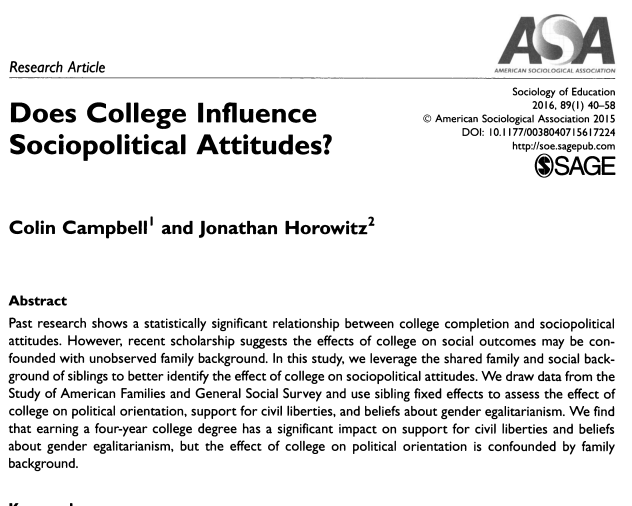Don't be too anxious - you can always submit a qualitative assessment.
The assessment will be posted to Sakai under the Tests/quizzes tab at the start of today's class.
You must take this assessment before the beginning of our next class.
Be mindful of the time - once you begin, you have 75 minutes to finish. There are readings and that may take you a little bit of time.
Please do not share any answers, but you may use your notes to answer the questions.
You are NOT allowed to skip questions.












